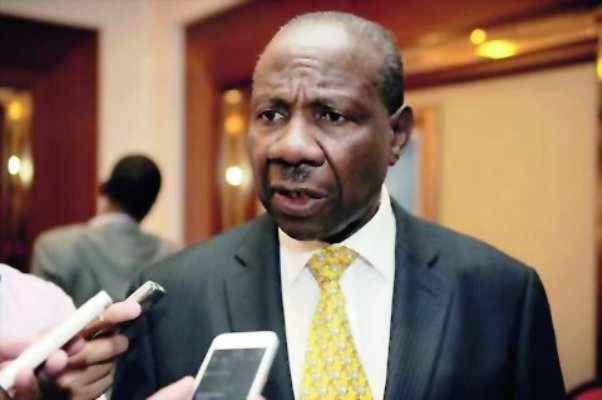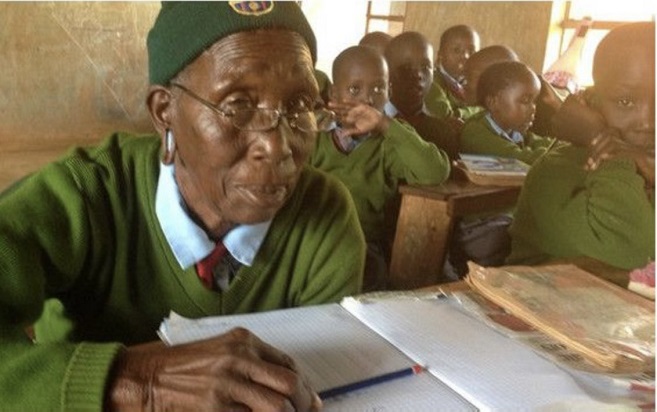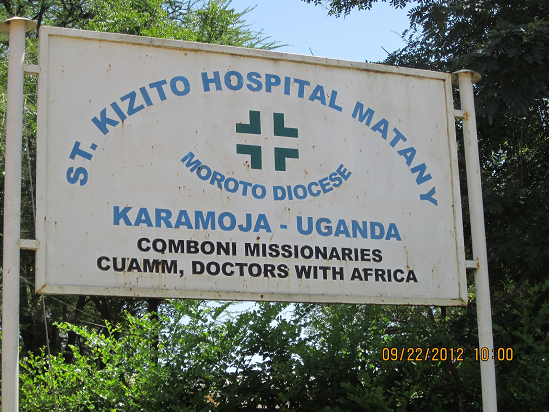Government has tabled a loan request to Parliamentary Committee on National Economy seeking to borrow up to Euros 20.6M (about Shs83.7bn) from the Corporate Internationalization Fund of Spain for purposes of mapping of minerals in Karamoja region.
Presenting the request yesterday, Matia Kasaija (pictured), the Minister of Finance Planning and Economic Development, said that 80 percent of the country has already been mapped, with Karamoja region the only remaining.
Kasaija was accompanied by his colleague, Peter Lokeris, the State Minister for Minerals.
However, MPs accused the Energy Ministry of exaggerating/inflating the price for carrying out geo mapping of minerals in Karamoja region to a tune of Shs60bn.
Thomas Tayebwa, the Ruhinda North lawmaker, tasked Kasaija to clarify on claims by the Secretary to Treasury, Keith Muhakanizi that the price had been exaggerated.
Tayebwa tabled a July 2019 letter in which Muhakanizi wrote, “However, this Ministry is intercept of confidential report from a whistle blower indicating that the current estimated cost approved by cabinet is exaggerated by Shs60bn. The report further indicates that your Ministry refused to consider a proposal from another company SRK which would carry out the same activities at a cost of USD9.6M compared to Euro 20.6m estimated by Xcalibur.”
However, Kasaija denied knowledge about the existence of the letter, prompting MPs to protest his argument with Kasiano Wadri, the Arua Municipality MP, noting that the Shs60bn differences is a lot of money and the Committee should not scrutinize the request until they have confirmed the money was not exaggerated.
Lawrence Bategeka, the Vice Chairperson National Economy Committee noted that the money government is going to spend to map the remaining 20 percent is higher than the money that was used to map the rest of the country, noting that there is need to probe the letter by Muhakanizi further.
“You said that 80% of mapping in the country has been done at a cost of USD50.3M and the remaining is 20% and if we are to talk about the remaining, it should be USD12.3M. Why now this last leg to cost so much?” Bategeka wondered.
This prompted Kasaija to ask the committee to allow him to go and consult from his permanent secretary about the claims so that he can speak on the subject with authority.
“I need to pray that you release us and raise question with my Permanent Secretary why this letter wasn’t copied to me so when I come here I speak with authority,” Kasaija said.
According to the Report of Budget Committee on 2019/20 budget estimates, Uganda’s total public debt stock increased by 12.5% to USD11.52bn (approximately Shs43.31 trillion) as at end December 2018 from USD10.24bn (approximately Shs38.5 trillion) at end December, 20l7.
The report further stated that the external debt stock increased by USD 0.78Bn to USD7.66Bn by end of December 2018 from USD6.88Bn at the end of December 2017, with the increase mainly from China (25 percent) and World Bank (40 percent).
This means that the debt has since increased considering the fact that government has been on a borrowing spree since then.
Uganda’s public debt ceiling is 50% of the GDP.





